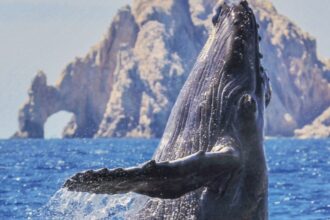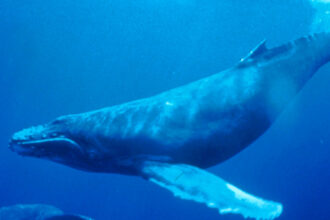Best Places to See Whales in Mexico
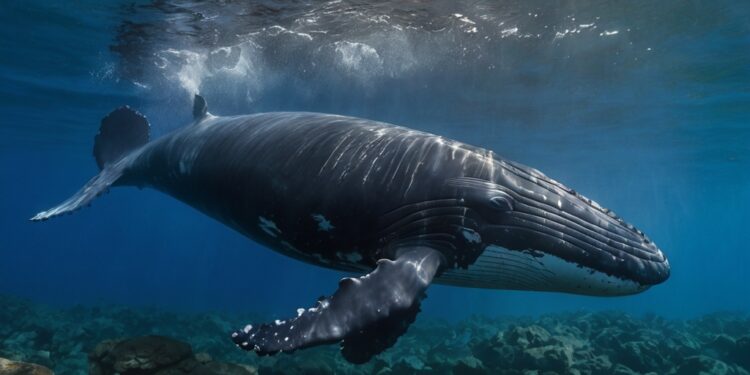
Mexico ranks as the fifth most megadiverse country in the world and stands out as one of the best places to watch whales. The Pacific waters host more than 33 species of cetaceans that include magnificent gray, humpback, and blue whales. These waters provide a unique experience to watch these marine giants from late November to early April during whale season.
The Sea of Cortez earned its nickname “the aquarium of the world” by hosting more than 10 species of whales. Gray whales make an impressive 12,000-mile roundtrip journey from their Arctic feeding grounds to Baja California. International protection laws have helped the gray whale population grow to about 22,000, and Mexico’s waters now serve as a thriving sanctuary for these magnificent creatures.
This piece shows you the best spots to see whales in Mexico and reveals local secrets that most tourists never find. You’ll learn about authentic viewing spots from Baja California’s pristine waters to Puerto Vallarta’s vibrant coasts, and get expert tips to make your whale watching experience unforgettable.
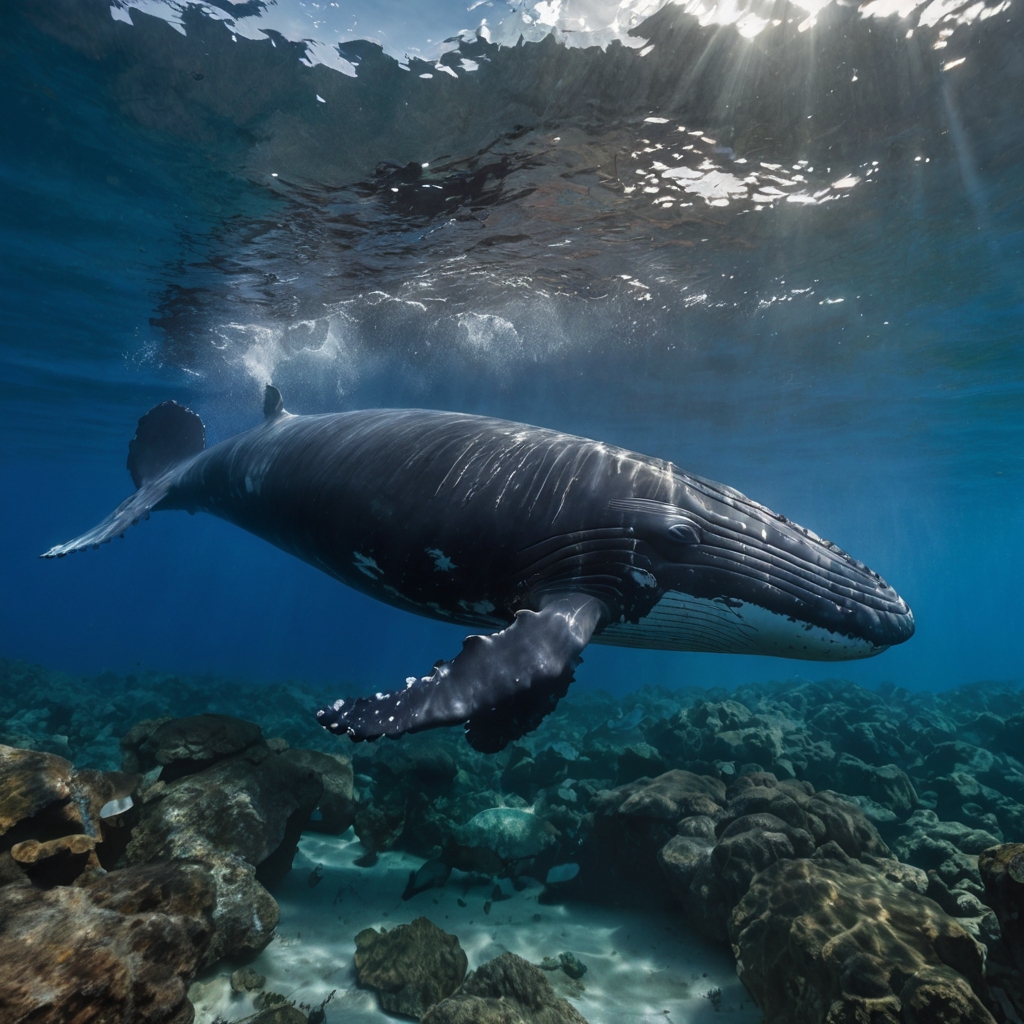
Table of Contents
- 1 Ultimate Guide to Whale Watching in Baja California
- 2 Secret Spots Along Mexico’s Pacific Coast
- 3 Local’s Guide to Mexico’s Whale Migration Routes
- 4 Off-the-Beaten-Path Whale Watching Locations
- 5 Expert Tips for the Ultimate Whale Season Experience
- 6 FAQs about the best places to see whales in Mexico:
- 6.1 What is the best time to see whales in Mexico?
- 6.2 Where do the whales go in Mexico?
- 6.3 Can you see whales off the coast of Mexico?
- 6.4 Where can I see gray whales in Mexico?
- 6.5 What is the best month for whale watching in Puerto Vallarta?
- 6.6 Do whales come to Banderas Bay?
- 6.7 Can you see whales in Playa del Carmen?
- 6.8 Where is the best place to whale watch?
- 6.9 When to see whales in La Paz?
Ultimate Guide to Whale Watching in Baja California
Baja California stands out as one of the world’s best spots for whale watching. Nine different whale species visit its waters each year. The region’s geography creates ideal conditions for these magnificent marine mammals, especially along the Pacific coast and in the Sea of Cortez.
Best times for different whale species
The prime whale watching season runs from late December through early April. Gray whales make an incredible journey, traveling more than 15,000 kilometers from Arctic waters. These gentle giants reach Baja’s lagoons by late December, and visitors can best spot them from January through March.
February gives whale watchers the best chances for amazing encounters. During this time, you can expect to see:
- Gray whales with newborn calves in Magdalena Bay and San Ignacio Lagoon
- Blue whales near Loreto for birthing and mating
- Humpback whales showing off their playful behavior
- Sperm whales in their natural habitat
Three main lagoons in the region each provide their own special viewing experiences. Laguna San Ignacio, 90 miles south of Guerrero Negro, is home to the friendliest whales. This spot lets visitors get closer to these magnificent creatures than anywhere else.
The Ojo de Liebre Lagoon, which locals once called Scammon’s Lagoon, attracts the largest number of gray whales among the three bays. This protected area near Guerrero Negro is a vital nursery ground for these majestic creatures.
Tips for avoiding tourist crowds
Mexican law strictly controls whale watching activities. Small groups of eight people maximum travel in pangas (locally produced flat-bottomed boats) to minimize disturbance to the whales. Early morning trips offer the calmest waters and best viewing conditions, helping you avoid the tourist rush.
The Vizcaíno Biosphere Reserve has been a federally protected area since 1988 and offers a unique experience away from commercial crowds. This 9,800-square-mile sanctuary protects whales and many other marine species, giving visitors a more authentic wildlife encounter.
Secret Spots Along Mexico’s Pacific Coast
Mexico’s Pacific coastline holds secret whale watching spots that let you get close to these majestic creatures away from tourist crowds. These quiet locations give you a fresh look at how marine wildlife migrates through these waters.
Hidden gems for whale watching in Puerto Vallarta
Banderas Bay shines as Puerto Vallarta’s best spot to watch whales. Thousands of humpback whales swim to these protected waters each winter. The bay’s warm waters make a perfect nursery where whale calves thrive.
Puerto Vallarta’s sailboat trips create magical moments with these ocean giants. These quiet vessels let you get closer to whales than standard tours, as they don’t disturb these magnificent creatures. The skilled captains direct their boats to quiet corners of the bay that bigger tours can’t reach.
Whales are most active from December through March, and you’ll see the most action in January and February. Marine biologists lead special tours with hydrophone systems that let you hear the haunting songs of humpback whales swimming below.
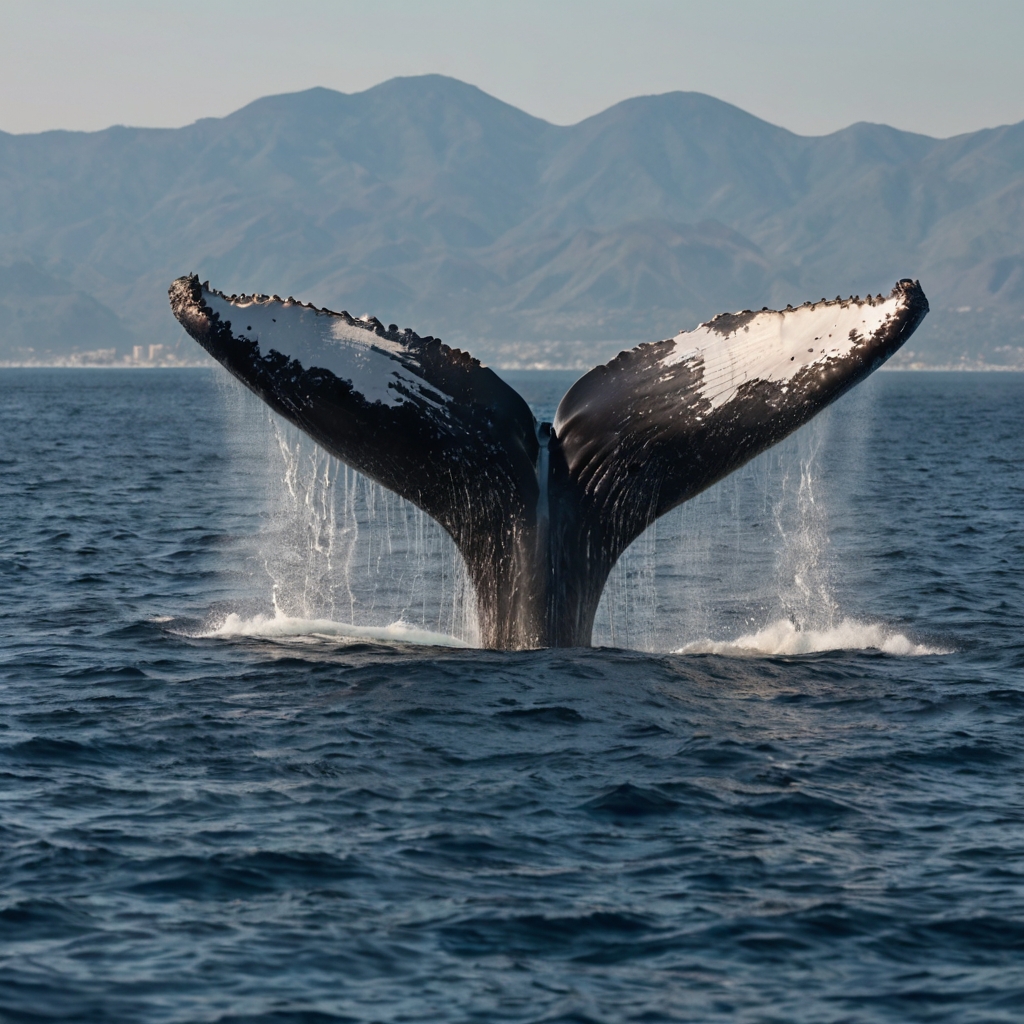
Lesser-known locations near Los Cabos
The East Cape region near San Jose del Cabo gives you an amazing chance to watch whales in an area that tourists haven’t discovered yet. With hardly any boats around, you might find yourself alone watching entire whale families play.
East Cape’s sunset tours let you see humpback whales leap through the air against beautiful Baja sunsets. These remote waters attract many whale species, from massive gray and sperm whales to rare blue whales.
Puerto Chale, a quiet haven near Los Cabos, sits right next to Magdalena Bay. This hidden spot stays off the tourist radar, which makes it perfect to get close to whales. Local fishermen who now work as guides run tours focused on conservation, creating safe spaces where whales often swim right up to boats.
Undiscovered viewing points in Tijuana
Tijuana’s coastal areas give you seasonal chances to spot whales, though fewer people know about these spots compared to other Mexican Pacific locations. The area’s spot on the migration path means you might catch different whale species as they move between their feeding and breeding grounds.
Local’s Guide to Mexico’s Whale Migration Routes
Thousands of whales start an incredible trip across the Pacific Ocean every winter. Mexico’s waters become their seasonal home. The migration route covers an impressive 12,500 miles of coastline and stands as one of the longest known mammal migrations in the animal kingdom.
Peak viewing seasons by region
Mexico’s whale watching calendar runs from late November through early April. Pregnant mothers and single adults arrive first in December and January. They seek the protection of warm lagoons. These magnificent creatures fill the waters to capacity by February and engage in nursing, calving, and mating activities.
Blue whales visit the Sea of Cortez between January and March to breed. The waters around Loreto Bay National Park give visitors exceptional chances to see these 180-ton giants in their natural habitat.
Following the whale migration patterns
Northern ice pushes southward in mid to late September, triggering the migration. Gray whales swim at speeds of 3 to 6 miles per hour from their Arctic feeding grounds. Most gray whales appear between Monterey and San Diego by mid-December before continuing their trip to Mexican waters.
Single males and females head back first after mating. Mothers with newborn calves stay in the lagoons until late March or mid-April. They wait until their young grow strong enough for the long trip north.
Best viewing spots by species
Each whale species prefers specific regions in Mexico’s waters:
- Gray Whales: Magdalena Bay and Ojo de Liebre Lagoon attract about 20,000 individuals each year
- Blue Whales: Loreto Bay, a UNESCO World Heritage Site, ranks as one of the world’s best locations to see these majestic creatures
- Humpback Whales: These giants gather near Los Cabos, where the Pacific Ocean meets the Sea of Cortez
- Sperm Whales: These whales live year-round in the Gulf of California and are the most commonly spotted large whale in these waters
El Vizcaino Biosphere Reserve earned its UNESCO World Heritage Site status in 1993. More than 2,500 gray whales spend their winters here. This protected area serves as a vital sanctuary for these marine mammals and offers reliable viewing opportunities throughout the season.
Off-the-Beaten-Path Whale Watching Locations
Mexico has some amazing whale watching spots that most tourists never discover. These hidden locations let you get closer to these marine giants than typical tourist destinations.
Remote viewing spots only locals know
Laguna Ojo de Liebre, once called Scammon’s Lagoon, is the most isolated spot to see Baja’s gray whales. The location attracts more whales than other areas but sees fewer tourists. The lagoon’s size gives whales plenty of space to swim naturally.
Magdalena Bay stands out because it’s so big and has diverse wildlife. Visitors can do more than watch whales here – they can explore desert mountains, enjoy peaceful beach towns, or kayak through mangroves. Government officials patrol the waters to protect the whales and maintain eco-friendly whale watching rules.
Authentic small-town experiences
Guerrero Negro, a small town with 17,000 people, has salt lakes that draw large numbers of gray whales. The trip to this remote spot rewards you with classic Baja views: desert mountains and vast salt flats stretch as far as the eye can see.
Cabo Pulmo, a small village near Cabo San Lucas, gives visitors a close-up whale watching experience. The area keeps its local charm with just a few places to stay instead of big hotels. This preservation of local character helps create genuine encounters with marine life.
Hidden coastal viewpoints
The El Vizcaino Biosphere Reserve is Mexico’s biggest protected area with 370,950 hectares of sanctuary. This UNESCO Heritage Site has:
- Desert dunes and mountains
- Fossil beds and petroglyphs
- Two vital coastal lagoons
- Protected marine habitats
San Ignacio Lagoon gives you a true off-grid experience. Small generators provide power for just a few hours each day. Puerto Magdalena’s fishing community lives between fishing and whales, which creates a special cultural atmosphere.
These remote locations give visitors authentic experiences. Local rules allow only 16 small fishing boats in protected areas at once. These limits help balance tourism and conservation so people can see these magnificent creatures in their natural home.
Expert Tips for the Ultimate Whale Season Experience
Expert whale watching guides in Mexico’s coastal regions share their knowledge to boost visitor experiences. These certified guides complete specialized training programs and are proud conservationists who support marine environment health.
Local guide recommendations
Expert guides stress the importance of choosing operators with proper authorization from SEMARNAT (Secretariat of Environment and Natural Resources). You should look for boats with identifying flags that confirm official whale watching permits. Professional operators work together through communication networks and share whale locations to help all guests see these magnificent creatures.
Best times of day for viewing
Morning trips have clear advantages because waters are calmer and winds are lighter. Families with young children or people prone to motion sickness benefit from these early tours. Notwithstanding that, afternoon whale watching brings more activity as high tides and stronger winds often spark more dynamic whale behavior.
Marine biologists observe that whales show 2-3 days of high activity before taking brief rest periods. Whales gather and feed right after sunrise, which makes early tours perfect for watching natural behaviors. Mid-day trips can catch more active displays, though waters tend to get rougher.
Photography tips from local experts
Professional photographers suggest this essential equipment to capture these magnificent creatures:
- Long telephoto lenses (200-500mm range) for close-up shots
- Extra batteries and memory cards for continuous shooting
- Weather-resistant camera gear for marine conditions
Experts suggest using fast shutter speeds of 1/500 or higher to freeze action shots, whether you shoot from shore or boat. Morning light provides the best photography conditions with clear visibility and smooth waters.
Photographers should watch for distinctive moments like breaching, spyhopping, and fluking. The bay stays quieter during early morning hours, and photographers often get to be the only boat near a whale. Great whale photography needs patience and readiness because split-second timing makes the difference between an ordinary and extraordinary shot.
Mexico gives wildlife enthusiasts the best seats to nature’s most spectacular marine shows through its whale watching spots. Gray, humpback, and blue whales grace these waters from November to April. The sight of these magnificent creatures in their natural habitat leaves visitors spellbound.
Laguna Ojo de Liebre and San Ignacio Lagoon let travelers escape tourist crowds. These secret spots bring people close to whales and help local communities with their conservation work. The best whale sightings happen during early morning trips, according to expert guides who know these waters well.
Good planning and perfect timing lead to amazing encounters. The right authorized operators follow wildlife guidelines carefully. Peak migration seasons bring countless chances to see these marine giants. Photographers get their best shots in the calm golden morning hours when whales are most active.
Protected areas like El Vizcaino Biosphere Reserve show Mexico’s steadfast dedication to whale conservation. This care brings these magnificent creatures back every year. Mexican waters give nature lovers countless chances to witness one of the world’s most incredible migrations.
FAQs about the best places to see whales in Mexico:
What is the best time to see whales in Mexico?
The best time to see whales in Mexico is between December and April when many species migrate to the warm waters for breeding. Popular destinations like Puerto Vallarta and Los Cabos offer incredible opportunities for whale watching during this period. These months are particularly great for spotting humpback whales, especially in areas known as the best places to see whales in Mexico.
Where do the whales go in Mexico?
Whales migrate to various coastal regions in Mexico, including Banderas Bay near Puerto Vallarta, Los Cabos, and the Sea of Cortez. These areas are ideal for breeding and nursing due to their warm, shallow waters. Whale watching in Los Cabos and Puerto Vallarta offers some of the most spectacular sightings during the migration season.
Can you see whales off the coast of Mexico?
Yes, you can see whales off the coast of Mexico, especially in destinations like Puerto Vallarta, Los Cabos, and La Paz. These regions are famous for their whale-watching opportunities, with humpback whales and gray whales being the most commonly sighted species. Whale watching in Puerto Vallarta is a popular activity for visitors during the season.
Where can I see gray whales in Mexico?
Gray whales are best seen in Baja California Sur, particularly in places like Magdalena Bay and San Ignacio Lagoon. These areas are renowned for close encounters with gray whales, making them some of the best places to see whales in Mexico. Whale watching in Los Cabos also provides opportunities to spot gray whales as they migrate through the region.
What is the best month for whale watching in Puerto Vallarta?
The best month for whale watching in Puerto Vallarta is January, as it falls right in the middle of the migration season. During this time, humpback whales are highly active in Banderas Bay, offering incredible sightings. Whale watching in Puerto Vallarta during January is a must-do activity for nature enthusiasts.
Do whales come to Banderas Bay?
Yes, whales frequently visit Banderas Bay during the migration season, particularly humpback whales. Banderas Bay, located near Puerto Vallarta, is one of the best places to see whales in Mexico. Whale watching in Puerto Vallarta often includes boat tours to observe these magnificent creatures in the bay.
Can you see whales in Playa del Carmen?
While Playa del Carmen is not as well-known for whale watching as other destinations, you can occasionally spot whales in the nearby Caribbean waters. However, for a more guaranteed experience, locations like Puerto Vallarta or Los Cabos are better suited for whale watching. Whale watching in Los Cabos is particularly famous for its abundance of sightings.
Where is the best place to whale watch?
The best places to whale watch in Mexico include Puerto Vallarta, Los Cabos, La Paz, and Baja California’s lagoons. These regions are known for their consistent sightings and accessibility during the migration season. Whale watching in Los Cabos and Puerto Vallarta is especially popular for humpback whale encounters.
When to see whales in La Paz?
The best time to see whales in La Paz is from January to March. During this period, gray whales and humpback whales are commonly spotted in the area. La Paz is one of the best places to see whales in Mexico, offering close encounters in the Sea of Cortez.
